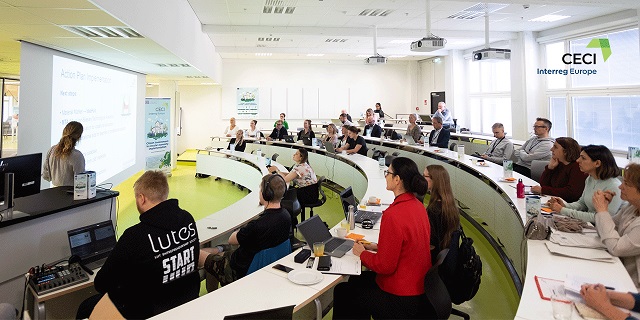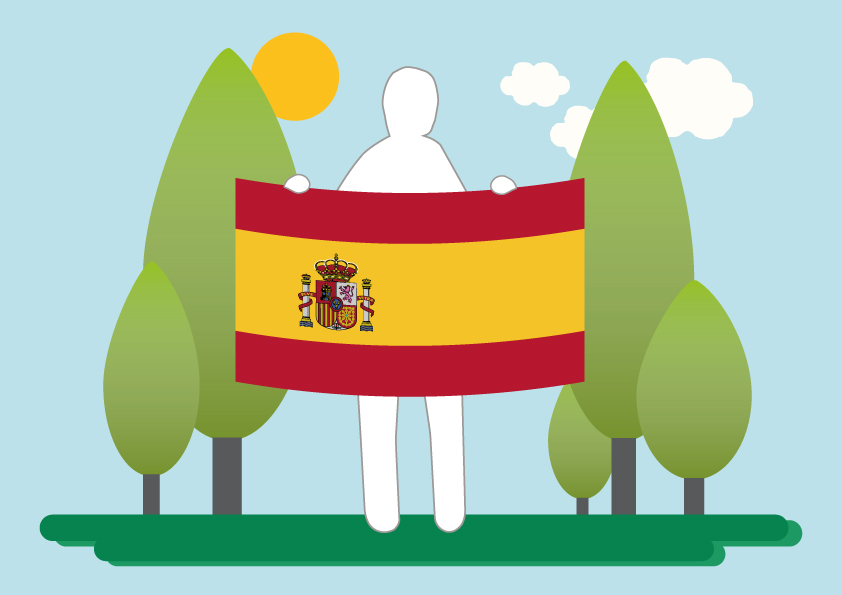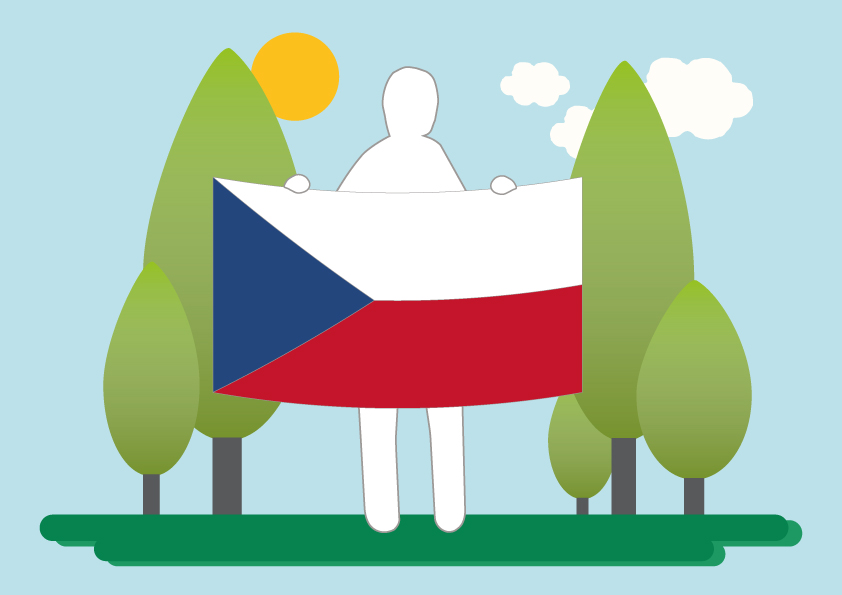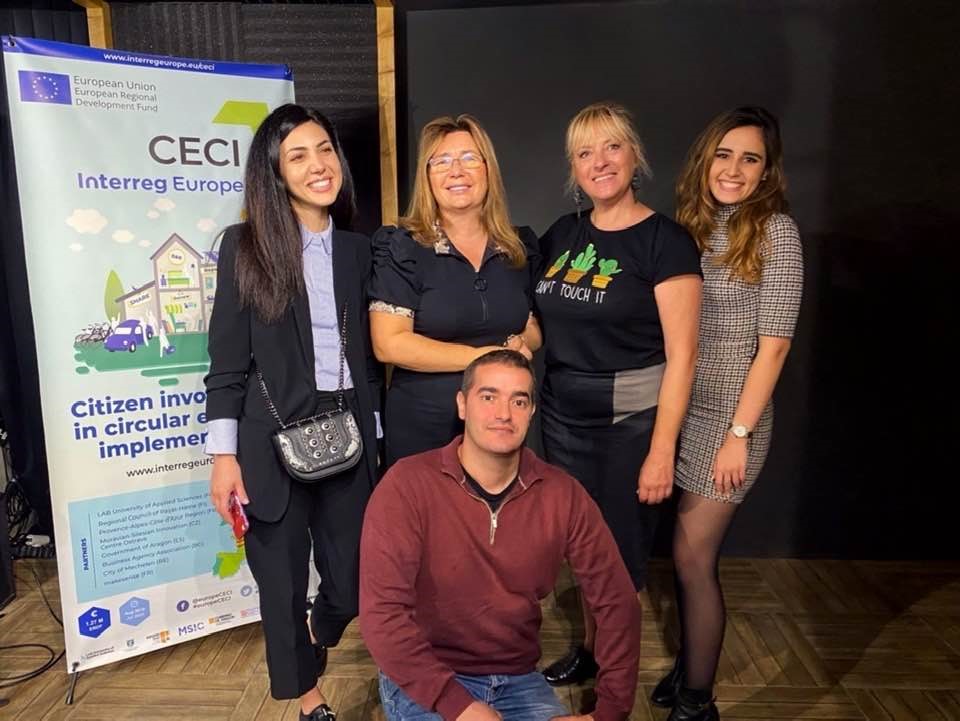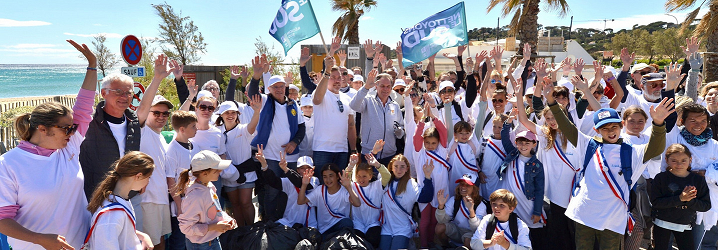The CECI terminology is essential for common understanding within the partnership as well for unified communication with citizens.
 We defined these terms altogether during the CECI 1st interregional event in Lahti, Finland in December 2019. CECI partners and stakeholders were divided into three groups and worked on pre-selected terms and definitions using an online application Padlet. After intensive brainstorming and discussions, the individual groups' outputs were shared between all groups and commonalities as well new aspects were recognized.
We defined these terms altogether during the CECI 1st interregional event in Lahti, Finland in December 2019. CECI partners and stakeholders were divided into three groups and worked on pre-selected terms and definitions using an online application Padlet. After intensive brainstorming and discussions, the individual groups' outputs were shared between all groups and commonalities as well new aspects were recognized.
After the meeting, the proposed definitions (sometimes both short and long options) were still polished up to the final version for the following concepts:
Citizen Involvement in CECI
"In CECI, we primarily focus on citizen's role in CE at the community, city or regional level, by citizen training and promoting spaces and channels for effective citizen participation.
Also, we would like to raise the importance of citizen's role as a consumer and user of products. It is the citizen who makes the choices. What citizen buy has an impact on what the market provides and therefore has an enormous power to change the production and consumption model. It is important that citizen is actively involved and heard. "
Circular Economy (CE)
"Circular Economy aims to maintain the value of products, materials and resources for as long as possible with minimal reduction of quality. "
According to CECI, "CE is a recovered model of production and consumption. It is an economy, in which we stop to make, use and dispose of products when we no longer need it. Instead, waste is designed out and what we now consider to be waste (such as e.g. coffee grit, reusable packaging, second-hand clothes, organic material for compost, electronic equipment elements, demolition waste) is used for new products. The waste is the resource for the production of new goods. The purchase of disposable and short-lived products is reduced. Goods are repaired and reused as much as possible to decrease the number of resources, material and energy used. Or goods, such as bikes, cars or garden tools are shared, so that you are not the product owner but the user, following a service economy model. Almost no-one needs expensive drill at every moment throughout the year.
CE is good for our wallet, but also for the planet, as resources are getting scarce and thus more expensive and under pressure."
Sharing / Collaborative Economy in CECI
 "Is an integral part of the circular economy, in which one is not every product owner but the user or member of a community that collaboratively owns these products."
"Is an integral part of the circular economy, in which one is not every product owner but the user or member of a community that collaboratively owns these products."
Learn more about the EU definition here.
How can everyone participate in CE?
- Make sustainable choices: Buy only what you need, when possible use shared products instead of buying them. Look if products you buy can be repaired easily (preferably by the producer or shop keeper) and check if spare parts are available for the product. Look for higher quality, longer-lasting products.
- Minimize waste, try to buy without packaging when possible.
- Buy local goods, support local and regenerative production systems to avoid unnecessary transportation and support production with minimal environmental consequence.
- Extend the lifetime of your products: reuse, repair, share, upgrade and upcycle.
- Change your mindset that product ownership is no longer a sign of wealthiness. Use shared services and products upon your needs, instead of buying them individually.
How the system should be changed?
Design is important, not only designing the product but also the process: design waste and pollution out and make design adapted to repair and to the customer?
- Mainstream circular economy so that it is an attractive choice for everyone, not something you do because you can or cannot afford to buy or own something.
- Promote the market for repaired products. Landfill deposit costs should be higher than the repair costs.
- System change from linear to circular requires changes in infrastructure, policies, production systems, relationships between different actors in the value system, research & innovation, consumption patterns and a general mind shift (both among producers and consumers).
- CE consumption solutions should be easy to reach, affordable to everybody, transparent and secured.
- Actively provide truthful information to citizens about the environmental and social benefits of products made with EC criteria.
- Circular production systems are the only way in which the economy can still grow in the future because of the finite resources.
- Keep in mind the three CE principles of the Ellen McArthur Foundation:
1 designing waste and pollution out
2 facilitate reuse and repair
3 regeneration of natural systems


